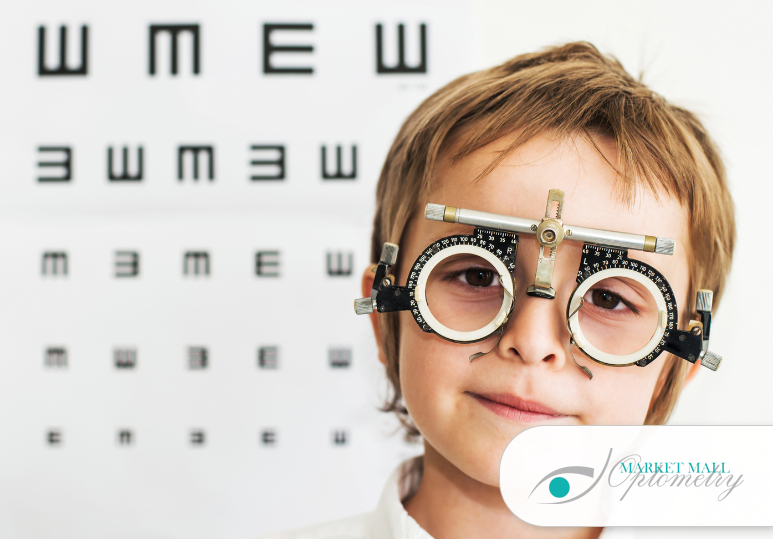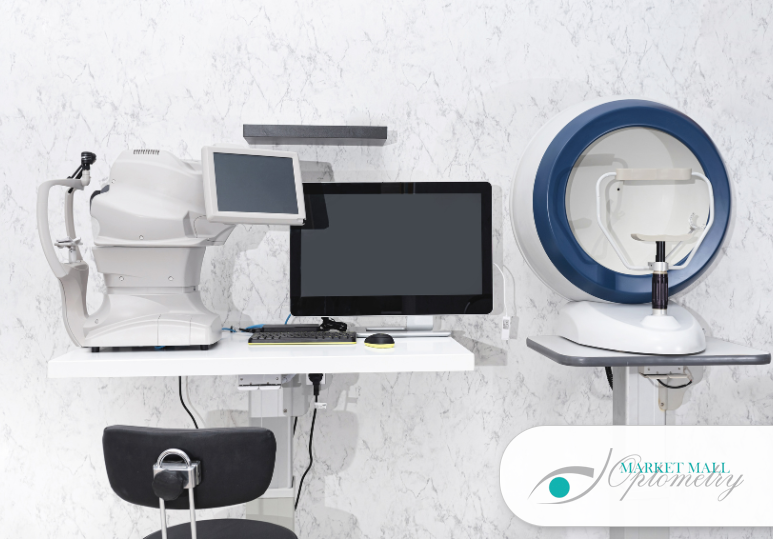4 Ways To Help With Nystagmus
1. Help Your Child Identify Items
Because your child may struggle to see items unless they are very close to their face, it can help if there are certain identifiers that make it easier for them to tell what are their toys or possessions. Try using brightly coloured toys that your child can easily focus on, as well as toys that have different textures, sizes, shapes, and sounds. These are all identifiers that will help your child differentiate objects even if they struggle to focus on them.
2. Use Location
There are two ways location can be used to help your child identify their possessions and the objects around them. First, try to keep their favourite possessions (such as a favourite toy, blanket, book, etc.), separate from other similar objects. If their favourite toy is in a bin with other toys, they may struggle to differentiate it and become frustrated, but if it’s not surrounded by other toys, it can be much easier to discern. Also, use your child’s memory to help them navigate. This is especially helpful when your child is a bit older and is walking. Keep items in the same place so your child doesn’t have to work as hard to find and identify them and avoid rearranging the furniture, as they are more likely to bump into things if objects are not where your child remembers.
3. Stimulate Their Sight
When your child is a baby, keep your face close to theirs so they can make out details and use exaggerated facial expressions when you talk to them. Even if they can’t see your face yet, they will learn your voice and associate the sound with what they do see. You can also talk while walking around the room, which can help your child locate you even if they can’t see you at farther distances. When your child is a bit older, include them in tasks that can help stimulate their sight and position them so they can clearly see. Try to get them involved in activities that involve objects no further than an arm’s length away.
4. Find The Right Tools
If your child has nystagmus, they will likely need eyeglasses. Make sure that they are wearing them often to become accustomed to them. Other tools can be used as well, such as magnifying glasses, large print books, or large text settings on the computer or smart device when they’re older. Your child may also need to modify the colour of the computer screen to help their vision and they may have to lower the screen brightness, as nystagmus can sometimes make people sensitive to bright light.
Children’s Eye Exams At Market Mall Optometry In NW Calgary
Addressing your child’s eye care from an early age and choosing a kid-friendly eye clinic is a great way to ensure your child’s eye health is being properly treated from the start. Visiting a great pediatric optometrist will encourage them to take care of their eyesight, wear glasses, and develop healthy eye care habits while normalizing trips to the eye doctor. By taking your child for their first children’s eye exam at 6 months old, your pediatric optometrist can screen for any signs of nystagmus. If your child does have this eye condition, our dedicated Calgary staff will work with you to create a nystagmus management plan while educating you about this eye condition. To screen for this and other eye conditions, schedule a children’s eye exam with Market Mall Optometry by calling 1-403-286-4884 or filling out the online contact form.
FAQ
Q: How common is nystagmus?
A: Nystagmus occurs in approximately 1 in every 1,000 people.
Q: Is nystagmus dangerous?
A: While the eye condition itself is not dangerous, any underlying causes may be. Nystagmus can also make your child more prone to falling, especially on stairs since nystagmus can impact 3D vision.
Q: Are children’s eye exams and adult eye exams different?
A: Yes, in children’s eye exams we assess conditions that are common in children, such as lazy eyes and crossed eyes. We also do functional eye exams that are used to pinpoint other issues that may be causing learning difficulties for the child.





